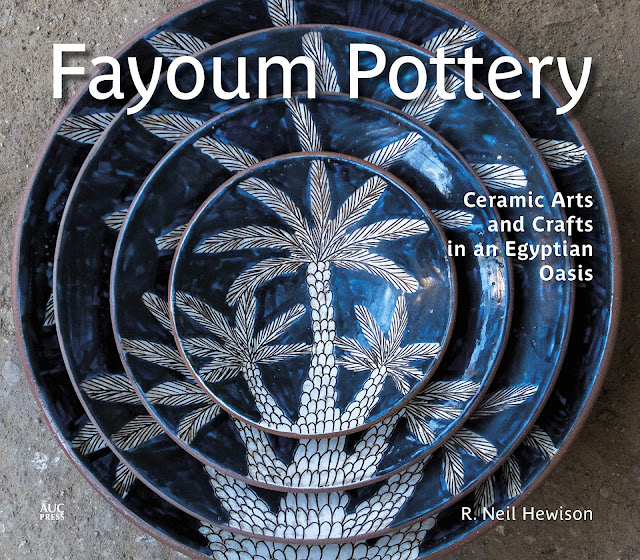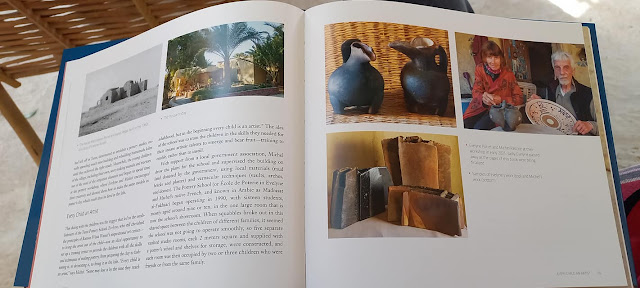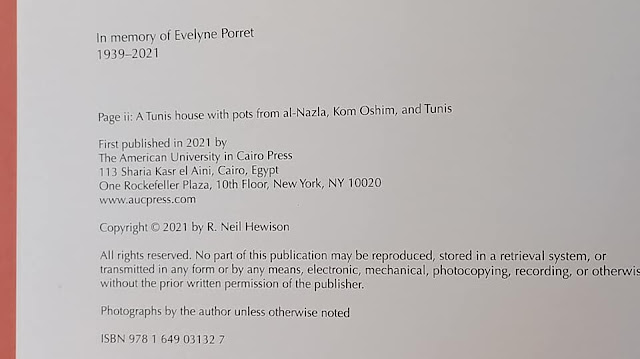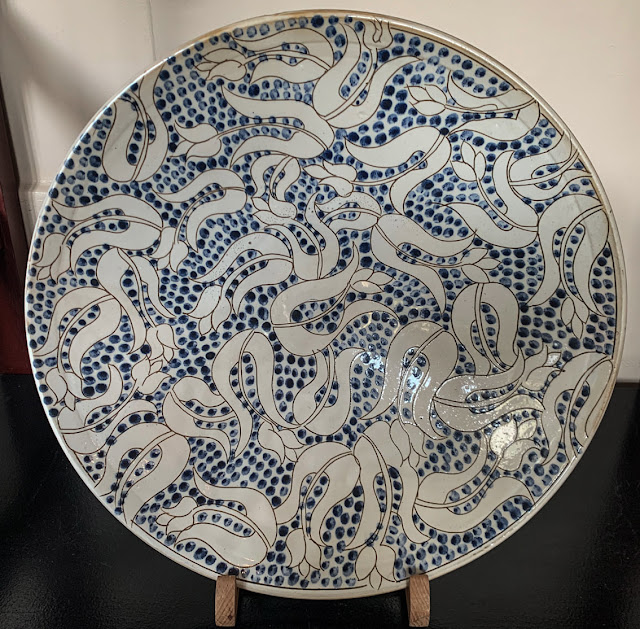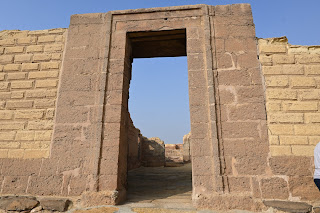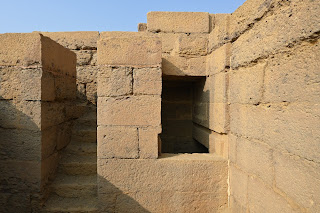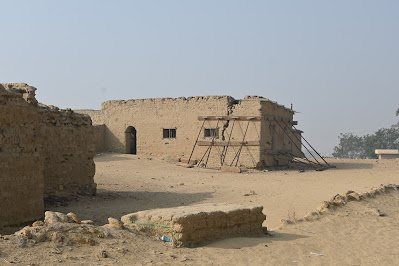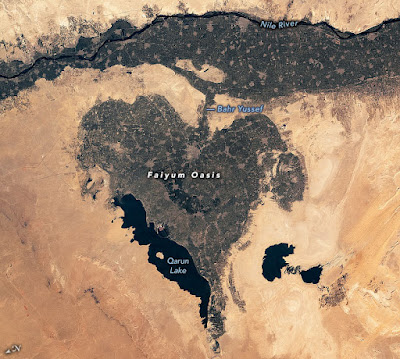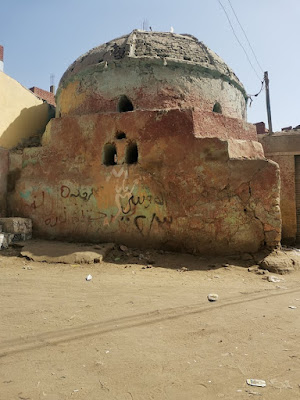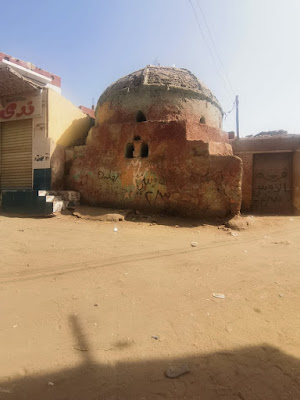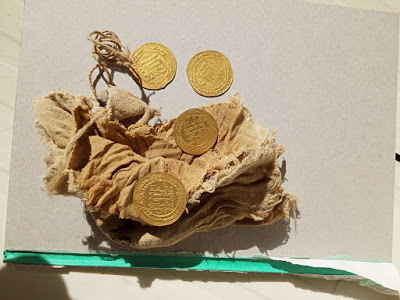برعاية وزيري التعليم العالي والسياحة والآثار...القومي للبحوث الفلكية والجيوفيزيقية يُنظم ملتقى وورشة عمل حول منطقة هوارة الأثرية
الفيوم واحه الجمال | الفيوم مدينه التاريخ الواحه الجميله | رحلات الفيوم وادي الريان وادي الحيتان والسفاري Fayoum Oasis Egypt
الجمعة، 1 أبريل 2022
القومي للبحوث الفلكية والجيوفيزيقية يُنظم ملتقى وورشة عمل حول منطقة هوارة الأثرية
الأربعاء، 16 مارس 2022
شركة الفيوم لصناعة السكر بالفيوم قصر الباسل
تأسست شركة الفيوم لصناعة السكر بموجب قرار الهيئة العامة للاستثمار رقم 316 لسنة 1997 في 19/8/1997 برأس مال مرخص به قدرة خمسمائة مليون وفي 26/5/2011 تم زيادته إلى 700 مليون جنيه بقرار الجمعية العامة غير العادية للشركة ورأس مال مصدر قدرة مائتان مليون جنيه تم زيادته إلى 445.106 مليون جنيه ( أربعمائة خمسة و أربعون مليون و مائة و ستة ألاف جنيه ) بقرار الجمعية العامة في 13/7/2006 وقد تم الاكتتاب في الزيادة بالكامل وتبلغ قيمة السهم الاسمية عشرة جنيهات
منتجات شركة الفيوم لصناعة السكر بالفيوم قصر الباسل
السكر ولب البنجر والمولاس
الخميس، 3 مارس 2022
Fayoum Pottery Ceramic Arts and Crafts in an Egyptian Oasis Hardcover Book
The Fayoum, a broad, fertile depression in Egypt’s Western Desert, known for its great salt lake, its rich green fields, and its unique pharaonic and Greco-Roman remains, is also home to three very different centers of pottery production. The potters of Kom Oshim specialize in decorated garden pots and other utilitarian ware, and guard the special secret of how to make the largest clay vessels in Egypt, up to an extraordinary two and a half meters tall. At al-Nazla, ancient traditions are kept alive, as members of a single extended family continue to use millennia-old techniques passed down from generation to generation, hand-forming among other things their distinctive spherical water jars with amazing dexterity and speed. In the small village of Tunis, the establishment of a pottery school by a Swiss couple in 1990 led to a complete transformation, and the village now hosts more than twenty-five pottery workshops and showrooms, whose products are sold in Cairo, London, and New York.
In this lively insight into a varied and vital craft, the author reveals the stories of the three villages and the skilled potters who make their living there, looking at how they learned their trade and how they work, from the preparation of the clay to the formation of the pots on the wheel or by hand, to the decoration, the glazing, and the firing, and finally to the display or distribution and sale of the finished product.
For past and future travelers to Egypt, lovers of the craft of pottery, practitioners, and collectors, this beautifully illustrated exploration of the ceramics of the Fayoum will inspire and enchant.
الاثنين، 21 فبراير 2022
Fayoum trips | Kom Oshim, Fayoum Attractions Karanis Museum
Kom Oshim is a town date back to Greek Roman in Fayoum at western desert of Egypt, this city went through many changes and it was totally occupied for about seven centuries, Today the remains of the city include two temples dedicated to the crocodile gods and a Roman bath, it also includes a museum that has an interesting display of glassware, jewelry and pottery discovered in the site.
Karanis Museum:
Amuse yourself while explore Karanis Museum which is small but shows the design of the Ptolemaic Roman Empire, it also includes two of the famous Fayoum portraits which were painted on wood to cover the face of the mummy, The museum has antiques belong to Fayoum's different subsequent eras and it is really worth the visit.
The Museum is Good Place to pick guides to all parts of Fayoum. The Museum was originally erected in 1974. It Exhibits artifacts dating from Prehistoric to Roman Periods it Also Exhibits Fayoum Portrait
It consists of two floors and exhibits collections from the Prehistoric era to the Greco-Roman era as well as a collection from the Coptic and the Islamic era. The masterpiece of the museum is a Fayoum Mummy Portrait of a man. Labels are in Arabic and English.
Northern Temple:
Scout around the most fascinating finds of this temple which date back to 1st Century, the temple has two small entrance pylons, and it has no inscriptions at all and dedicated to Roman Bath.
Southern Temple:
Keen to visit the Southern Temple which was dedicated to god Sobek, feast your eyes with many mummified crocodiles have been found at Karanis and hidden chamber which was probably used by the priests to deliver oracles.
Book your visit to Kom Oshim
karen Tours : 01001918549
السبت، 19 فبراير 2022
Fayoum Heart-shaped Oasis
While in orbit over Egypt, an astronaut on the International Space Station (ISS) captured a photograph of this heart-shaped basin bordering the Nile River and the Western Desert. The depression, known as the Faiyum Oasis, spreads across more than 1,200 square kilometers (450 square miles) and was formed from the ancient lakebed of Lake Moeris.
Partial damming of Lake Moeris during the reign of Ptolemy II allowed large areas of fertile alluvial soil to be reclaimed for agriculture. Today saltwater Lake Qarun (Birket Qarun), located on the northern margin of the depression, is the remnant of Moeris. The salinity of Lake Qarun is caused by high evaporation rates in the arid climate.
Farms and orchards fill the depression and line the western banks of the Nile. The numerous small gray patches are villages and towns in the intensively cultivated agricultural areas. The area has supported human life for more than 8,000 years and provides resources to many bird and fish species, as well as the endangered slender horned gazelle.
Bahr Yussef, which connects the Nile to the Faiyum Oasis, originally formed as a natural offshoot of the river. In 2300 BC, it was widened and deepened into a canal to help regulate flow to the oasis. The canal transports freshwater and sediment to the area before emptying into Lake Qarun.
Astronaut photograph ISS065-E-66742 was acquired on May 25, 2021, with a Nikon D5 digital camera using a focal length of 100 millimeters. It is provided by the ISS Crew Earth Observations Facility and the Earth Science and Remote Sensing Unit, Johnson Space Center. The image was taken by a member of the Expedition 65 crew. The image has been cropped and enhanced to improve contrast, and lens artifacts have been removed. The International Space Station Program supports the laboratory as part of the ISS National Lab to help astronauts take pictures of Earth that will be of the greatest value to scientists and the public, and to make those images freely available on the Internet. Additional images taken by astronauts and cosmonauts can be viewed at the NASA/JSC Gateway to Astronaut Photography of Earth. Caption by Sara Schmidt, GeoControl Systems, JETS Contract at NASA-JSC.
الخميس، 28 أكتوبر 2021
مقام الشيخ المنقيصر ( الامير قيصر ) (مدينة إطسا) دفنو
من مقامات الفيوم المعروفه مقام الشيخ المنقيصر ( الامير قيصر ) (مدينة إطسا) ويتم الاحتفال به كل عام حتي الان بمدينه الفيوم وقمت بزياره لمركز اطسا بالفيوم وتحديدا دفنو لمحاوله التعرف علي اصول هذا المقام وبسؤال عدد من اهالي القريه لم يتعرف علي تاريخ هذا المقام من تحدثت معهم .
السبت، 16 يناير 2021
The Lotus and the Lake : Fayoum Through the Ages
The Lotus and the Lake : Fayoum Through the Ages Kindle Edition by Neil Sutherland
With the greatest wonder of the ancient world, the capital city, two floods, three volcanic explosions, four meteor impacts, five desert landscapes, seven fossil sites, eight civilizations, nine invasions, seventeen chapters, twenty-eight archeology sites, twenty-nine varieties of fruits and vegetables grown, thirty stories, over thirty facts revealed in these pages for the first time that will shock experts in over twelve academic fields, over one hundred ‘superlatives’ (most, first/oldest, largest, longest continuous length of time, in the world (while most UN member states have none)), and its artifacts shown and studied in more than one hundred museums and universities throughout Europe and North America, this book covering Fayoum from the age of dinosaurs to the present is both a compilation and a revelation.
The Lotus and the Lake : Fayoum Through the Ages Kindle Edition by Neil Sutherland
Get the Book
الأحد، 29 نوفمبر 2020
Treasure with gold islamic dinars in fayoum
The Egyptian-Russian archaeological mission working at the archaeological site of Deir Al-Banat in Fayoum has unearthed a collection of 28 gold dinars and five small coins.
They were found wrapped in a linen roll tied to a clay seal bearing unclear symbols.
Osama Talaat, Head of the Islamic, Coptic and Jewish Antiquities sector at the Supreme Council of Antiquities; describes the discovery as the most important in the area; given that it is the first season of the Egyptian-Russian expedition in the northern part of the archaeological area. This was where a collection of mummies dating back to the Greco-Roman era, were previously found.
This reflects, he added, that the area was used during different historical periods between Greek, Roman, Coptic and the Islamic period.
The discovery consists of 16 golden dinars from the era of the Caliph Al-Muqtadir Billah (295-317 AH / 908-932 AD) as well as five parts of gold dinars from the era of Caliph Al-Muqtadir. This is in addition to 10 dinars from the era of Caliph Al-Radi Billah (322-329 AH / 934-940 CE) and two dinars from the era of Caliph Al-Mu'tasim Billah (218-227 AH / 833-842 AD).
The Russian mission has been working at Deir Al-Banat area since 2003 where they since then unearthed several coffins and mummies.





